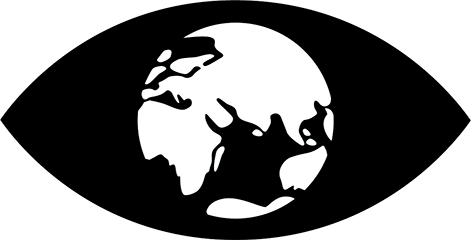UN Sustainable Development Goals Addressed
-

Goal 9: Industry Innovation & Infrastructure
-

Goal 11: Sustainable Cities & Communities
-

Goal 12: Responsible Production & Consumption
-

Goal 13: Climate Action
2021 Global Design Challenge Finalist
This design concept was developed by participants in the Institute’s Global Design Challenge. The descriptions below are from the team’s competition entry materials.
Location: Bogotá, Colombia
Team members: Laura Daniela Baquero Beltran, Keily Andreina Izquierdo Lizarazo, Juan Esteban Aristizabal Lopez, Ismael Ryuhei Kagawa Suarez, Oscar Mauricio Velasquez Macias, Vivian Alejandra Rodriguez
Innovation Details
The buildings in La Guajira, especially housing, present structural and thermal comfort problems due to the current construction materials and the underutilization of available resources in the area. Insu-ram is a system of assemblable clay blocks inspired by the cells in the elytra, or hardened wing covers, of certain beetles that allow internal air flow to circulate. Insu-ram cools and insulates a space from external heat without the use of machines and incorporates local biodegradable materials, such as rammed earth, clay, and manure to eliminate the concept of waste. The external pattern of the block generates a micro-shading effect and reduces the solar contact surface. It can be produced locally, at a low cost, is easy to replicate, and helps to solve the housing deficit in the area, while offering a way to build thermally comfortable houses in a fast, cheap, and efficient way.
Define the problem being solved.The problem is the housing deficit in La Guajira, Colombia. The buildings in the region, especially housing, present structural and thermal comfort problems due to the current construction materials and the underutilization of available resources in the area.
What organisms/natural systems helped inform this design?The inspiring organism is the coleopterous beetle or “clinidium kirby”: it adapts through the internal cellular composition of its “hardened wings” called elytra. These cells, with isodiametric shapes, increase their density towards the outside, generating a rigid layer that insulates them from heat and decreases towards the inside, allowing the passage of fluids.
What does this design do?Insu-Ram is an assembled clay block that through its perforations, allows the internal flow of air, creating a system of circulation and constant air mass change with an optimal orientation. Insu-ram cools and insulates a space from external heat without the use of machines. At the same time, the external pattern of the block generates a micro-shading effect and reduces the solar contact surface.
How does this solution address the problem or opportunity?Insu-Ram can be produced locally, at a low cost, and it is easy to replicate. Once the population is trained, the blocks produced are technically parameterized. This would help to solve the housing deficit in the area and build thermally comfortable houses in a fast, cheap, and efficient way.
Element: How compatible is this design with all surrounding living systems? Is it safe? How is it more sustainable than the alternatives?The team designed Insu-Ram incorporating local biodegradable materials such as rammed earth, clay, and manure, so there’s no waste or contamination in the fabrication process. It is more sustainable because of the materials used, its low carbon footprint, and the lack of need to introduce electrical cooling mechanisms to make it work.
(Re)connect Element: Describe how this innovation helped the team connect with the natural world.While researching tropical dry forest organisms, the team was amazed by Colombia’s , and understood the importance of the insects in the ecosystem. The team decided to use beetles as inspiration, but the investigation also lead to knowing more about bees and native birds. As architects, sometimes the focus is on design and traditional construction aspects, with a tendency to forget about nature’s simple solutions. The team was touched by the struggle of the communities of rural Colombia, and how sometimes those problems are related to mistreating ecosystems.
How were Nature’s Unifying Patterns or Life’s Principles applied to this design?By defining the manufacture of the bricks and the materials used, the team was able to incorporate local and abundant resources such as clay, earth, and manure. Nature is locally attuned and builds on abundant supplies. The team also adjusted patterns on the surface of the brick to rely on micro shading as a cooling mechanism instead of using energy or adding a different material, where shape follows function. And lastly, nature uses chemistry and materials that are safe for living beings, and all the materials utilized to fabricate these bricks are biodegradable and non toxic, ensuring that the footprint on the ecosystem is minimal.

